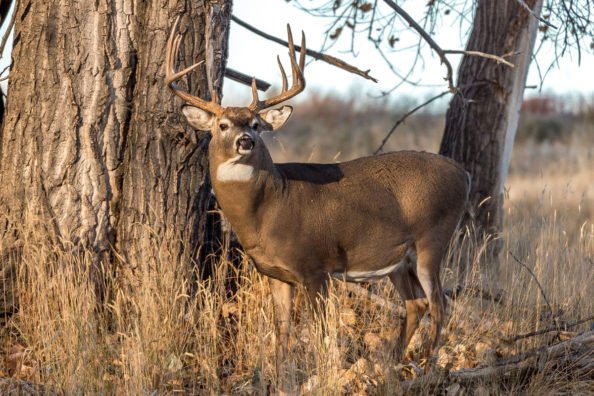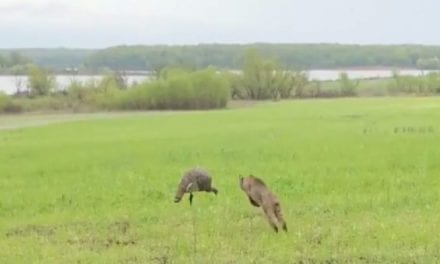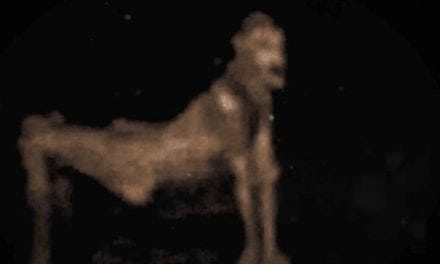
These are some of the biggest threats to deer hunting in recent years and the ways you can help keep our favorite pastime alive.
Many outdoor doomsdayers have insisted deer hunting is going to be obsolete within the next few decades, but this doesn’t quite appear to be true.
In fact, the COVID-19 pandemic actually brought out first-time hunters in droves (although it did impact out-of-state hunting).
While the spike in hunter participation last year was encouraging, deer hunting is still under fire from many directions.
New Hunter Numbers
The problem with deer hunter data is that it’s not reliable. According to a recent deep-dive into this issue by Outdoor Life, hunting license sales numbers reported by the U.S. Fish and Wildlife Service are outdated and don’t account for inconsistencies from state to state.
So, while baby boomers are aging out of the whitetail world, the troubling numbers that have concerned hunting advocates for years may not be accurate. Head out onto public land on opening day and decide if the number of hunters seems to be on the decline in your area.
Even so, the gradual dying off of older hunters could be a threat to deer hunting if they’re not replaced by a fresh crop of outdoorsmen and women.
Access
Many deer hunters solely hunt public lands, so any legislation or change in land ownership and access could be a threat to the future of the sport.
Policy
In addition to land access issues, other policy changes could severely limit new hunter participation in years to come. From firearms restrictions to the elimination of hunting seasons, new regulations could keep Americans out of the whitetail woods.
Natural Factors
Healthy deer hunter numbers require a healthy deer herd. But fatal diseases such as chronic wasting disease can quickly spread and decimate deer populations. In just a few years, CWD spread from a handful of states (including Colorado and Oklahoma) and now plagues deer from Pennsylvania to Texas to Montana and parts of Canada.
Other natural factors that can devastate whitetail herd include loss of habitat, an overabundance of predators and lack of food.
How to Continue the Hunting Uptick
Deer hunters need to take an active role to ensure hunting rights stick around.
First, we need to continue recruiting and mentoring new hunters, particularly in the demographics where these numbers historically aren’t as strong. Female hunters, especially, could provide a major boost to participation numbers and license sales. Check with your Department of Natural Resources or state wildlife agency to get involved in programs that introduce people to hunting opportunities and cooking wild game.
Hunters should also support nonprofits such as the Sportsmen’s Alliance and Safari Club International that not only fight for hunter rights but also participate in wildlife conservation efforts in North America and beyond. Take advantage of the research and resources they provide to make your voice heard on the issues that affect the future of hunting.
Finally, deer hunters shouldn’t just leave it up to the DNR to practice responsible wildlife management, but we should take a page from the National Deer Alliance so we’ve got healthy deer populations for years to come.
Products featured on Wide Open Spaces are independently selected by our editors. However, when you buy something through our links, we may earn a commission.
NEXT: 5 IMPROVING STATES ON THE LIST OF BEST DEER HUNTING IN AMERICA
The post 4 Reasons Deer Hunting May See a Decline & What We Can Do About It appeared first on Wide Open Spaces.
















